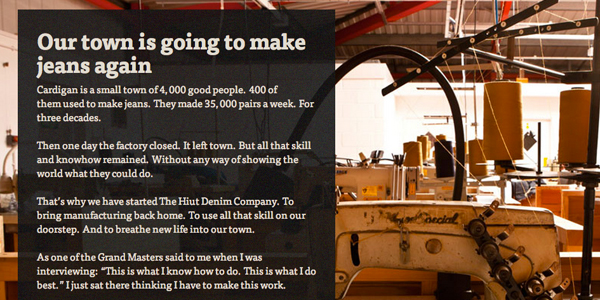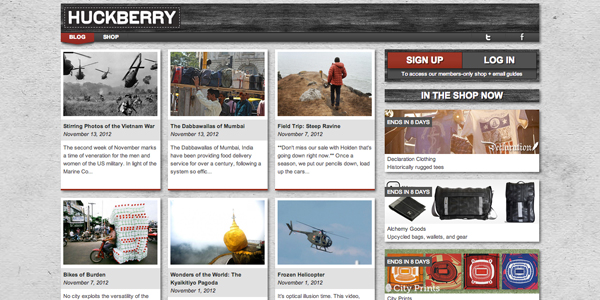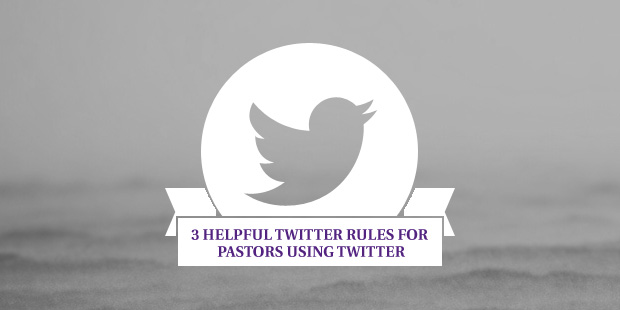
6 Things Learned from 2 Great Communicators
All leaders communicate. Not all leaders communicate well.
Communication is a broader topic than just your Sunday morning or weekend messages. Much of a leader’s most important communication takes place in one to one conversations or in small group meetings. But in this article I’ll focus on public communication, leaning mostly into the context of the Sunday message. (But with just a little translation, the principles carry over to all communication.)
Moses was slow of speech and lacked confidence. The apostle Paul was eloquent and powerful. Most of us are somewhere between those two. My purpose in writing is to offer what I’ve learned from two of the best communicators I know, Kevin Myers and John Maxwell. I’ve had the privilege to work closely with both of these men for a long time, and I’m fortunate to have learned how to be a better communicator.
Here’s some of what I’ve learned.
• Connection is essential.
Communication begins on the inside with a healthy self-awareness and a comfort level with who you are as a person. This enables you to be yourself as you communicate. This allows connection to take place and is the beginning of good communication. When you are yourself, people can connect with you. When they connect with you they can trust you and when they trust you they are willing to follow your teaching and leadership.
The opposite of connection is self-protection and it is rooted in fear and results in hiding. Your teaching becomes more powerful when you don’t attempt to hide. Remember though, you don’t tell your story so you feel better. You tell your story to set others free. Knowing that helps you determine what to say!
• Content won’t carry you.
John and Kevin are naturally gifted communicators. It would be easy for both of them to lean into their talent and not work on their craft. But instead, both of them continually work to master their craft! Both are better today than ever! Content is very important but it won’t carry you or the moment. Delivery is king. You can have a brilliant biblical message, but if your delivery is dry and dull, you’ve wasted the content, and you’ll lose the people. They may love you and trust you but they will still drift when you talk if you don’t teach with increasing skill.
Study the best teachers and preachers you know. Don’t copy them but learn from them. And let me offer you this really good tip for now. If you aren’t a great communicator, talk shorter till you are better! Seriously! Don’t teach for 40 plus minutes unless you are really good. Stick with 25 minutes.
• It’s with the audience not at the audience.
I’ve listened to many pastors and teachers over the years. There are a surprising number that seem to talk “at” the audience, not to them or seemingly “with” them as in a conversation. I’m not referring to the angry thundering preachers. Candidly, there aren’t that many left. That style simply doesn’t work. I’m referring more so to the pastors who are technical in their skills and practice. They have some good thoughts, they write them down, and then dispense them on Sunday. It almost wouldn’t matter if the people were in the room or not, the words are delivered the same.
The best communication feels more like something with the people. I know you are talking and they are listening, but it still needs to feel like a conversation. You can draw them in by asking a question where they can raise their hand for a yes or no. You can use humor. There are a number of ways involve your listeners!
• Confidence comes from preparation.
We all know what it’s like to show up unprepared, or at least not prepared enough. It’s not good. You may be talented enough to get away with it for a while, but as a steady diet this bad habit of short changing your preparation will catch up with you. In time your communication skills will lessen and your confidence will decline.
In contrast, consistent and disciplined preparation not only breeds confidence, it cultivates enthusiasm within you. One of the ways I know I’m ready to teach is that I absolutely can’t wait to deliver the message!! My messages never start that way. The process starts with, “Dear Lord please help me!” (Really.) But every time, at some point in my preparation, something clicks and I get so excited I can hardly stand it. It’s then I know I’m ready.
• Read the room.
Pay attention to your surroundings. The environment matters. Even if you can’t change the elements, being aware can help you. Start with the physical elements. What is the temperature of the room? Is it comfortable? How is the lighting? Can they see? Dark isn’t always cool. Light brings energy to the room! Low lighting subdues the room. This may be good for worship, but it’s not good for communication. How about the seating? Too many chairs? What about the podium? Is it a huge fort like thing that hides the communicator, or is it something small and just enough to hold your notes? If you find yourself with one of those “hotel issue” kinds of giant podiums, grab a music stand. That works great.
There are two more elements to “read.” The people and the Holy Spirit. What do you sense from the people? What do they need? And most importantly, what is the Holy Spirit telling you?
• Know where you are going, and get there.
My wife has often said to me in the past, “Hun, you need to learn how to land the plane! Pick a runway and land the plane!” Good advice. Far too many communicators appear as if they are circling the airport trying to pick a runway and just don’t know where to put the plane down! Not good.
Kevin works with two simple questions. What do you want the people to know? And what do you want the people to do? Be clear about those two things and you’ll know where and when to land the plane.
Remember that you are not only teaching, you are also leading. The people need you to inspire them. I don’t mean hype, but helping them believe what you are saying is actually possible with the help of God! If you believe God can and will help them, they will embrace that hope as you teach!
There is much more to great communication, but this is a good start. Add this to what you already know. Practice and you’ll see the difference.
This article is used by permission from Dr. Dan Reiland’s free monthly e-newsletter, “The Pastor’s Coach,” available at www.INJOY.com.

Tags: Attention, Awareness, Dan Reiland, John Maxwell, Kevin Myers
















































